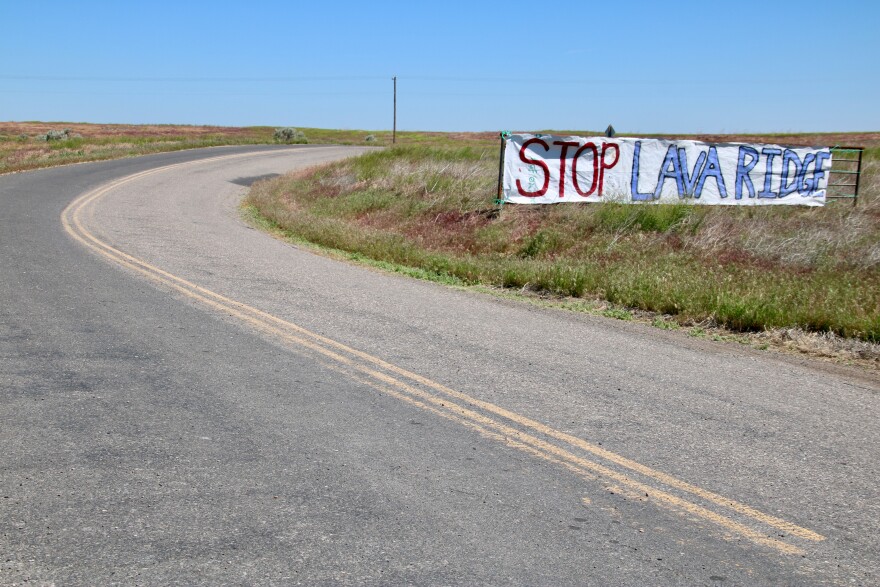The Bureau of Land Management Friday released its final "Record of Decision" on the proposed Lava Ridge Wind Energy project, allowing the previously announced alternative plan with a reduced footprint and fewer turbines to move forward.
The decision authorizes 231 turbines on BLM land, reduced from previous proposals calling for 400 turbines. Another 10 turbines are planned on state-owned land.
The project also committed to moving turbines nine miles away from the Minidoka National Historic Site.
“The BLM spent hundreds of hours in the field and in conference rooms talking with Native American leaders, Japanese American community members, cooperating agencies, ranchers, and a broad range of people with deep ties to the Magic Valley, who all helped shape the proposal,” BLM Director Tracy Stone-Manning said in a news release announcing the decision. “Those discussions led to a final decision that balances clean energy development that the country needs and the protection of resources that are vital to the natural and cultural history of the West.”
The agency says its approved alternative reduces potential impacts to sage grouse, wildlife migration routes and winter range, as well as nearby cultural resources, the Jerome County Airport and its many agricultural flights.
Seasonal restrictions on construction, private property setbacks and communication between the developer and local ranchers is also required by the approved plan.
Members of Idaho's congressional delegation were quick to condemn the decision, with Republican congressman Mike Simpson saying he was committed to, "working with the Trump administration on day one to disregard this project," and Sen. Jim Risch accusing the Biden Administration of pushing the "disastrous" project through at the eleventh hour.
"My decision provides the best balance of meeting the BLM’s purpose and need, allowing the development of renewable energy, and avoiding or minimizing impacts to sensitive natural and cultural resources. This balance comes from the Selected Action’s strategic adjustments to the project’s siting corridor locations to reduce adverse effects to key resources of concern, the reduced footprint, adjusted design features, avoidance and minimization measures, and required compensatory mitigation that will result in reduced adverse environmental effects while continuing to align with national goals and policies that promote renewable energy development and environmental sustainability."BLM Director Tracy Stone-Manning wrote in the Final Record of Decision executive summary
The 1,200-megawatt project would be one of the biggest wind farms in the U.S. and could bring power to half a million homes, but developer Magic Valley Energy can't put shovels in the ground immediately. The BLM requires an approved plan of development, fulfillment of bonding and rent requirements and other pre-construction studies and permits.



